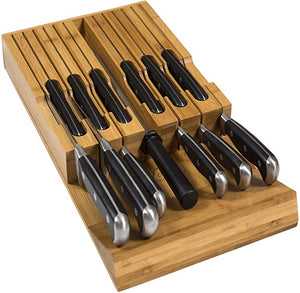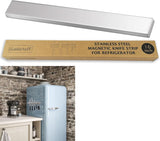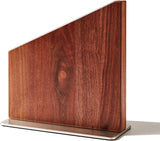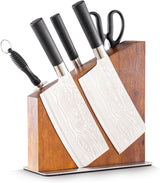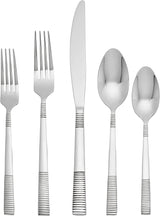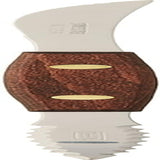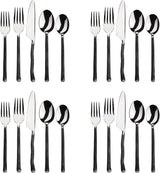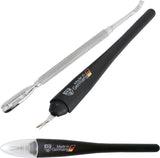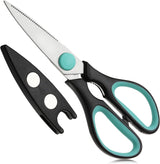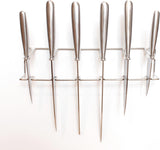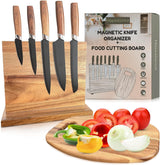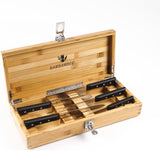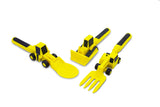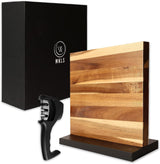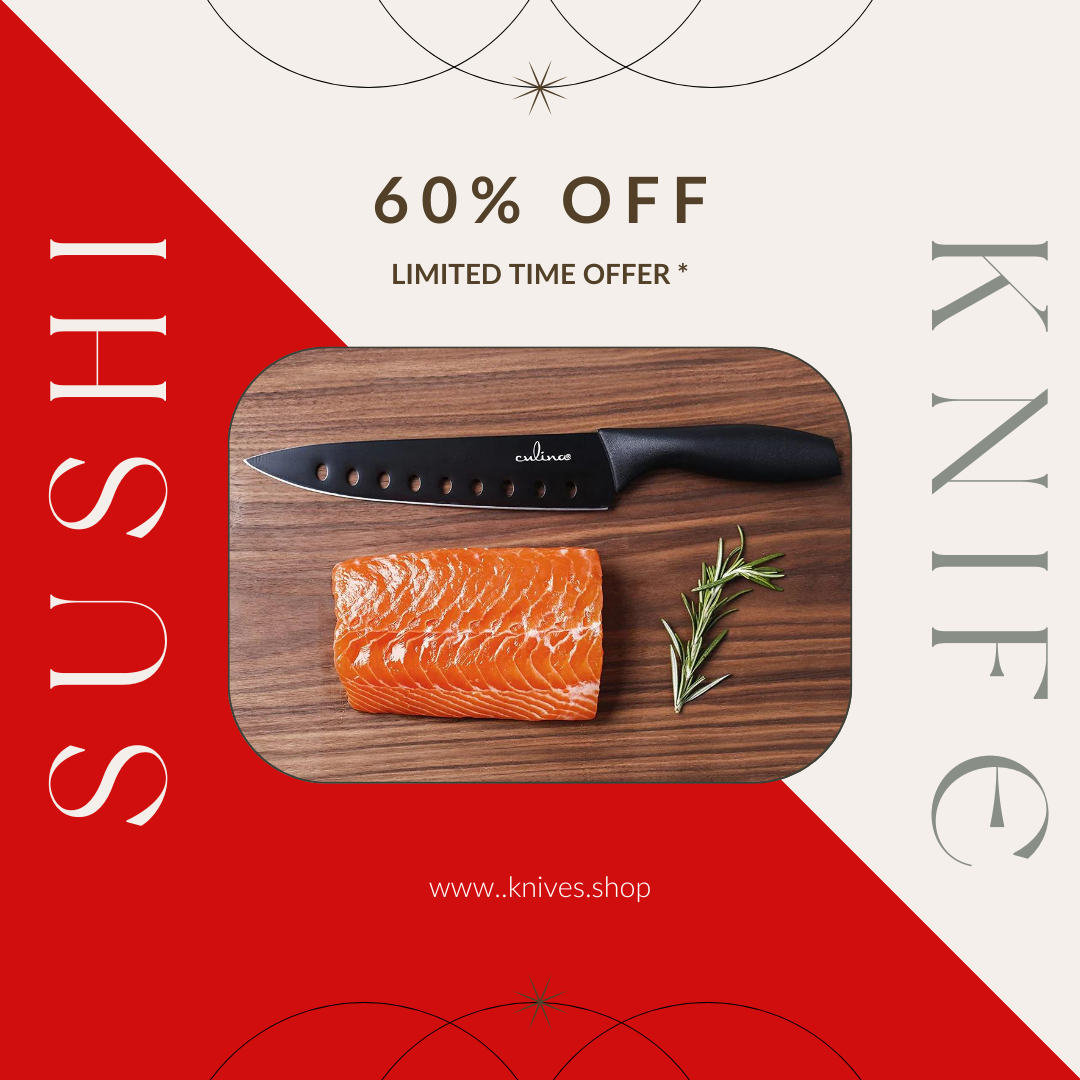For those who spend their lives dedicated to the culinary arts, understanding the tools of the trade is not just essentialit's an obsession. The fixed blade knife for hiking is not just an outdoor companion; it's an indispensable asset, even in a kitchen. Let's explore why this seemingly simple tool fascinates kitchen professionals and how it seamlessly blends utility both on and off the trail.

Craftsmanship and Durability
Kitchen professionals have a keen eye for quality, valuing craftsmanship and longevity. Fixed blade knives, often praised for their durability, can withstand the rigors of both a demanding kitchen environment and the unpredictability of the wild. With a solid construction that lacks moving parts, these knives offer unparalleled stability. This makes them a preferred choice not only for hiking but also for precision tasks that require a certain sturdiness.
Precision and Control
In the kitchen, precision is vital. The exactness with which a chef slices or chops can mean the difference between a culinary masterpiece and a mere meal. A fixed blade knife provides excellent control, allowing chefs to execute intricate cuts with minimal effort. On the trail, this same level of precision can be invaluable, whether for preparing a meal by a campfire or for more urgent survival scenarios. If you're interested in learning more about the differences between knife types, check out this insightful comparison here.
Versatility On and Off the Trail
The fixed blade knife is celebrated for its versatility, adapting well to a multitude of tasks both in the kitchen and on a hiking adventure. This tool allows for efficient chopping of herbs, filleting fish, or even preparing game meat, a task discussed extensively here. Sturdy enough to handle tough materials like wood or raw meat, its strength lies in its simplicity and reliability.
Maintaining Your Fixed Blade Knife
The longevity of any knife is closely tied to how well it is maintained. Here are some quick tips kitchen professionals might already be familiar with, but they apply just as well to the fixed blade knife for hiking:
Regular Cleaning
Ensure your knife is cleaned thoroughly after every use to keep it in optimal condition. A simple wipe down with warm water and mild soap can prevent rusting and preserve its edge.
Sharpening
Regular honing will maintain the sharpness, ensuring that the knife performs well whenever required. For those less familiar, investing in a good quality whetstone or sharpening tool can make all the difference.
Safe Storage
Whether it's in the kitchen or with your hiking gear, proper storage is essential. Consider using a sheath or casing to protect both the blade and the user.
For further reading on the different types of knife blade designs and their uses, you can explore this resource here.
Conclusion
For the passionate chef, a knife is not just a tool but an extension of their skill. In the same vein, a fixed blade knife for hiking exemplifies reliability and precision around which both culinary and outdoor experiences can be enhanced. So, whether you're mastering the art of fine dining or exploring the great outdoors, this versatile tool is worthy of consideration for all professionals.
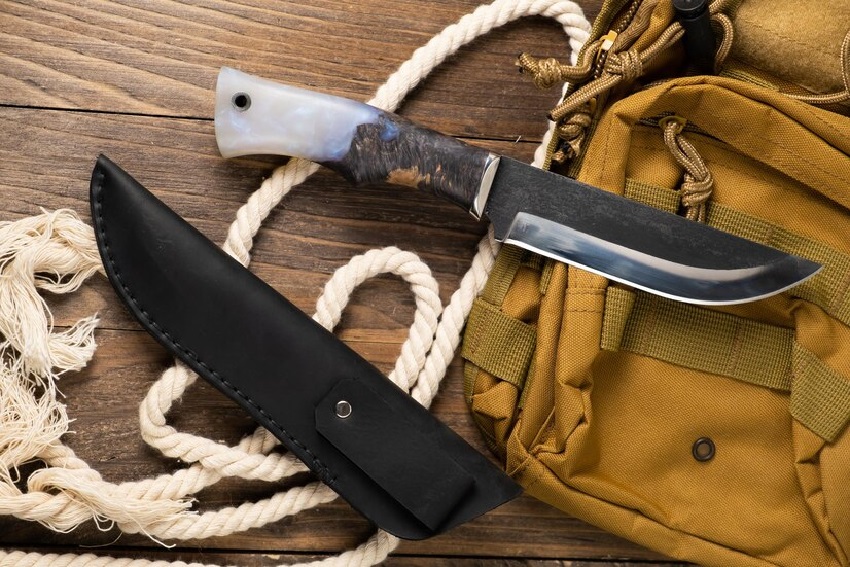
FAQs
Why choose a fixed blade knife for hiking?
A fixed blade knife offers unmatched strength and reliability, making it perfect for challenging tasks outdoors.
How do I maintain my fixed blade knife?
Regular cleaning, sharpening, and safe storage are crucial practices for maintaining the quality and durability of your knife.
Can a fixed blade knife be used in a professional kitchen?
Absolutely, thanks to its precision and control, it's a valuable addition to any culinary toolkit.
This article contains affiliate links. We may earn a commission at no extra cost to you.
